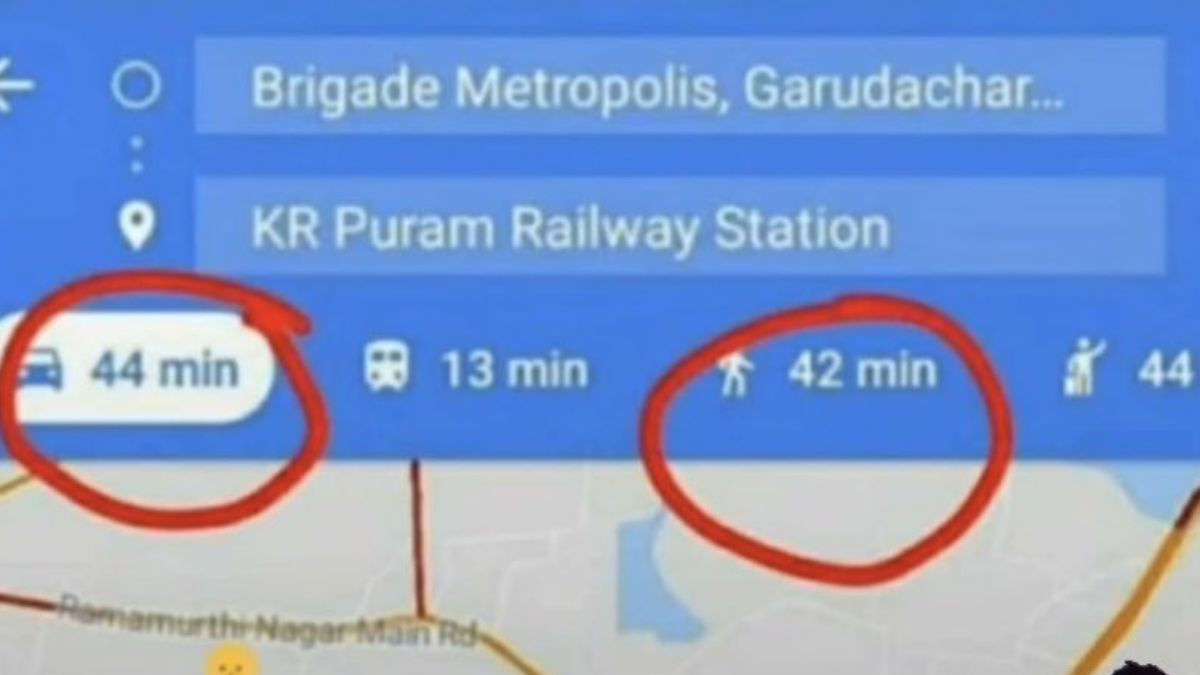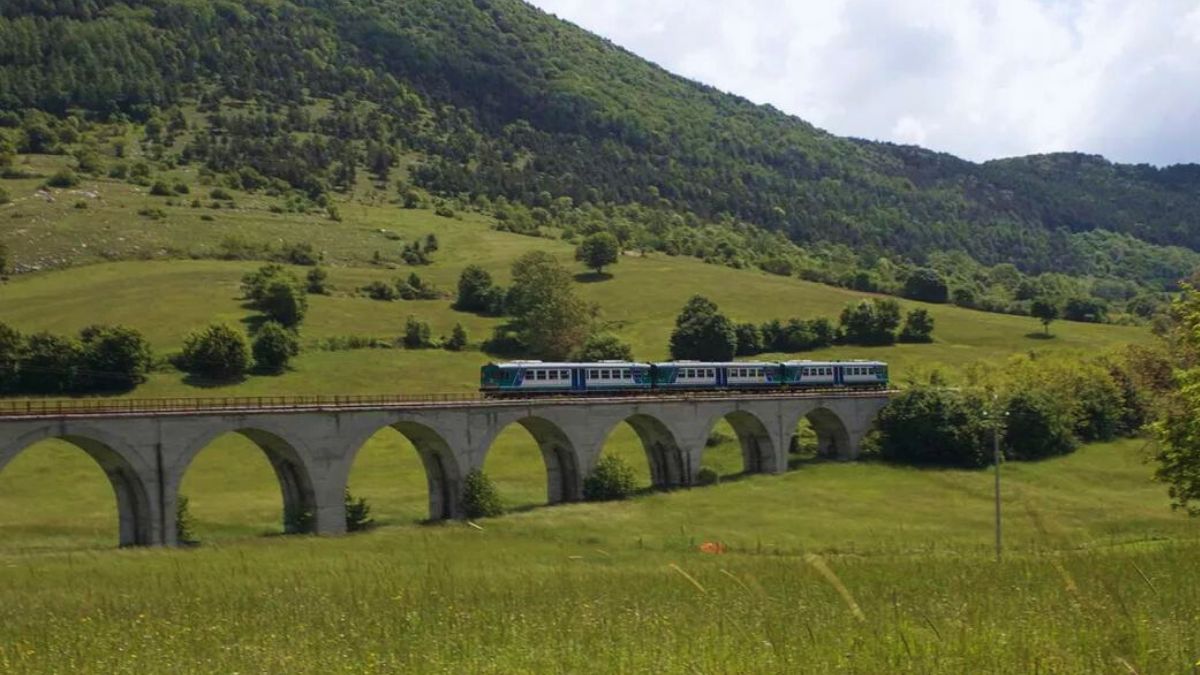Nestled in the heart of Assam, Deepor Beel emerges as a haven for avid birdwatchers and nature enthusiasts alike. This sprawling wetland, located on Guwahati’s outskirts, is a Ramsar site. A Ramsar site is a wetland of international significance as defined by the Ramsar Convention. Deepor Beel is a haven for migratory birds and gives a mesmerising spectacle for those seeking to connect with nature in its purest form.
A Tapestry Of Ecosystems
View this post on Instagram
Deepor Beel, often referred to as a ‘birdwatcher’s paradise,’ is an ecologically significant wetland. Its diverse ecosystems range from freshwater lakes to marshes and mudflats. Moreover, it creates a unique tapestry that supports a myriad of flora and fauna. It is a haven for countless species of birds, both migratory and resident.
The Beel, which means lake in Assamese, is 4.1 square kilometres in size. It is home to locals and migrating birds, as well as herds of Asiatic wild elephants drawn to the lake’s aquatic flora. They travel from the region’s four elephant corridors, in the Rani-Garbhanga Reserve Forests in Kamrup East, to the beel for their favoured food. The Deepor wetlands are home to around 200 bird species, including 70 migratory birds. The lesser and larger adjutant storks, spot-billed pelican, and Baer’s pochard are among the species visible.
The lake is home to 38 species of reptiles and amphibians, approximately 50 kinds of fish, some of which are harvested by the locals, nymphaea nuts and flowers, medicinal plants, and seeds of the big water lily Euryale Ferox, or makhana. Floating water hyacinths, tall reeds, and vibrant lotus blooms contribute to the picturesque landscape, creating a serene environment that complements the lively presence of birds.
While Deepor Beel remains a paradise for birdwatchers, it is not immune to the challenges posed by human activities and urbanization. Encroachment, pollution, and habitat degradation threaten the delicate balance of this ecosystem. Conservation efforts led by environmental organizations and local communities strive to protect and preserve the wetland. Initiatives include awareness campaigns, waste management, and sustainable tourism practices to ensure that Deepor Beel continues to thrive for generations to come.
Also Read: What Is Assam’s Renowned Raas Mahotsav? Here’s All You Need To Know About The Traditional Drama
Avian Wonders & Marvels
View this post on Instagram
For a birdwatcher stepping into Deepor Beel, the experience transcends the mere act of observing birds. The early morning mist rising from the water, the symphony of bird calls echoing through the air, and the gentle rustle of leaves in the wind create an immersive sensory experience.
One of the most enchanting aspects of Deepor Beel is its role as a stopover for migratory birds, turning the wetland into a transient residence for species travelling thousands of kilometres. Every winter, the beel welcomes flocks of winged visitors, including species like the Siberian Crane, Northern Pintail, and Common Teal. Moreover, the sky becomes a living canvas, painted with the vibrant hues of these migratory marvels, offering a surreal experience for birdwatchers.
Beyond the migratory guests, Deepor Beel is also home to a rich diversity of resident birds. From the majestic Brahminy Kite soaring high in the sky to the secretive Purple Swamphen, the beel provides a habitat for an astonishing array of avian wonders. The wetland is a treasure trove for birdwatchers seeking to observe and document species in their natural habitat.
How To Reach?
Guwahati is well-connected by air, rail, and road, making it accessible for visitors. Once in Guwahati, you can proceed to Deepor Beel, which is located on the outskirts of the city. Lokpriya Gopinath Bordoloi International Airport (GAU) in Guwahati is the nearest airport. From the airport, you can hire a taxi or use other local transportation to reach Deepor Beel. It is approximately 20 kilometres away.
Immerse yourself in the serenity of this birdwatcher’s paradise. Deepor Beel is where nature unfolds its grandeur, and the skies come alive with the melodies of winged creatures. So, when are you heading to Deepor Beel?
Cover image credits: Wikimedia Commons




